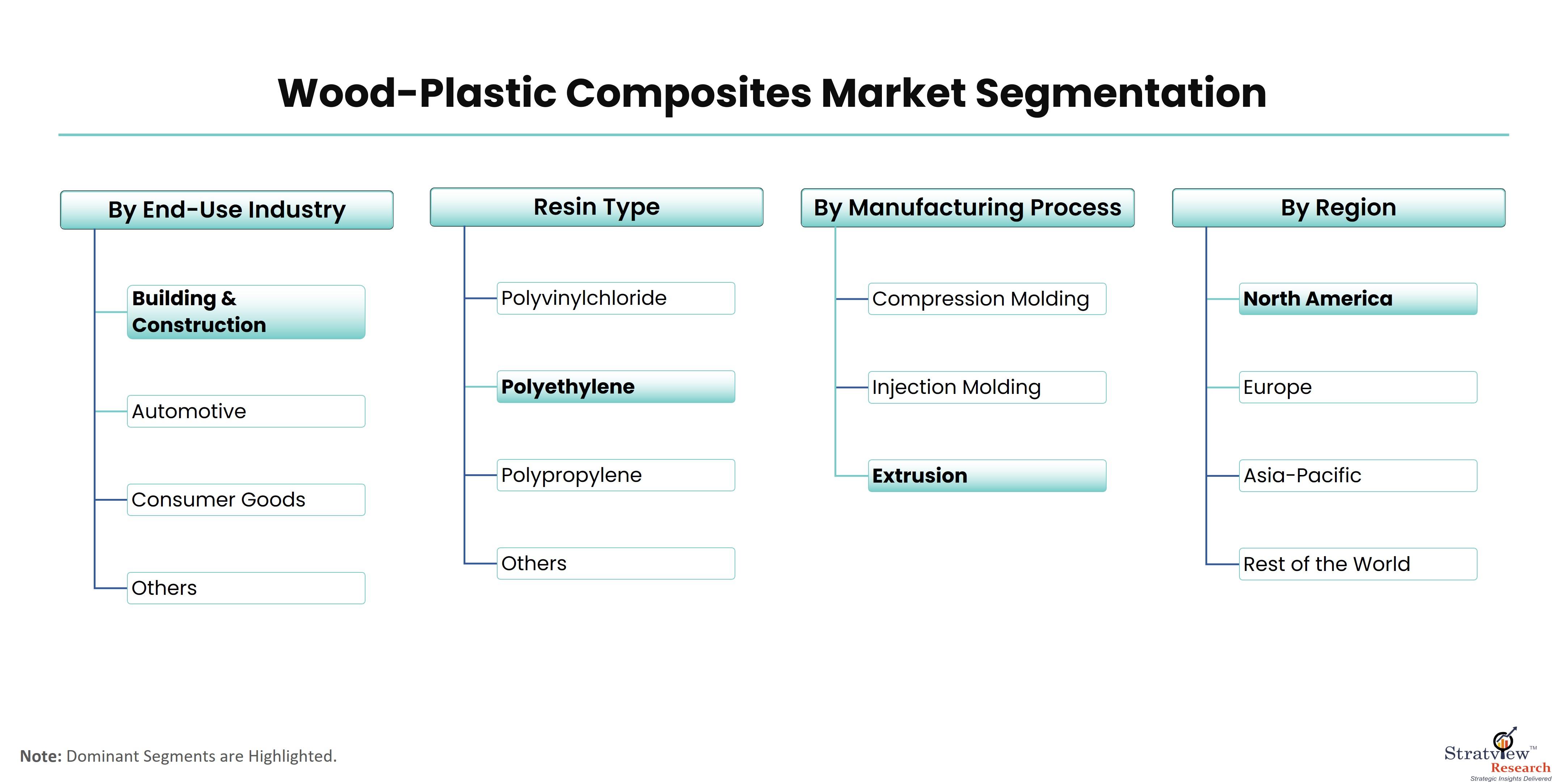According to Stratview Research, the wood-plastic composites market was estimated at USD 6.49 billion in 2022 and is likely to grow at a CAGR of 11.17% during 2023-2028 to reach USD 12.33 billion in 2028.
In an era where sustainable and innovative materials are reshaping industries, the Wood Plastic Composites (WPC) market has emerged as a transformative force, offering a viable alternative to traditional timber. Beyond the limitations of natural wood, WPCs combine the best of both worlds – the timeless appeal of wood and the durability of plastic. This article delves into the dynamics of the Wood Plastic Composites market, exploring the driving forces, applications, and the sustainable future it promises beyond timber.
The Fusion of Wood and Plastic:
Wood Plastic Composites are engineered materials that leverage the unique properties of both wood and plastic. Comprising wood fibers or flour blended with thermoplastic polymers like polyethylene, polypropylene, or polyvinyl chloride, WPCs achieve a harmonious balance between aesthetics and functionality. This fusion results in a material that emulates the look and feel of wood while overcoming its inherent drawbacks, such as susceptibility to decay, insects, and moisture.
Sustainability at the Core:
One of the defining features propelling the Wood Plastic Composites market forward is sustainability. As the demand for eco-friendly alternatives intensifies, WPCs stand out for their use of recycled materials, reducing reliance on virgin timber. This not only conserves natural resources but also addresses the environmental concerns associated with deforestation. The market's commitment to sustainable practices aligns with global efforts to create more responsible and earth-friendly construction materials.
Applications Beyond Timber:
The versatility of WPCs extends far beyond traditional timber applications. Decking, once synonymous with wooden planks, now embraces Wood Plastic Composites for their superior durability, resistance to rot, and low maintenance requirements. Additionally, the market has expanded into diverse sectors, including fencing, cladding, furniture, and even automotive components. The ability of WPCs to withstand weathering, termites, and fungal decay positions them as an ideal choice for outdoor applications.
Durability and Low Maintenance Appeal:
Navigating the Wood Plastic Composites market reveals a paradigm shift towards durable and low-maintenance materials. Unlike natural wood that requires regular sealing, staining, or painting, WPCs retain their aesthetics over time with minimal upkeep. This durability factor contributes to longer lifespans for products made from Wood Plastic Composites, reducing the need for replacements and minimizing the environmental impact associated with constant maintenance.
Innovations Driving Market Growth:
The Wood Plastic Composites market is dynamic, fueled by ongoing innovations and advancements. Manufacturers are continuously refining formulations to enhance WPC properties, incorporating features like increased fire resistance, improved UV stability, and even bio-based components. These innovations are expanding the application scope of WPCs and driving market growth across various industries.
Challenges and Future Perspectives:
While the Wood Plastic Composites market enjoys significant growth, it is not without challenges. Concerns about the recyclability of certain WPC products, end-of-life disposal, and evolving regulatory landscapes are factors that industry stakeholders must navigate. However, the commitment to sustainable practices and ongoing research and development efforts suggest a positive trajectory for the future, with the potential for addressing these challenges head-on.
Conclusion:
Beyond timber, the Wood Plastic Composites market represents a shift towards sustainable, durable, and innovative construction materials. As industries seek alternatives that offer the aesthetic appeal of wood without compromising on performance, WPCs emerge as a compelling solution. Navigating this market reveals a landscape defined by sustainability, versatility, and a commitment to pushing the boundaries of what is possible in construction and beyond. The journey beyond timber is not just a market trend; it signifies a transformative approach to building materials that harmonizes with the environment and paves the way for a more sustainable future.
